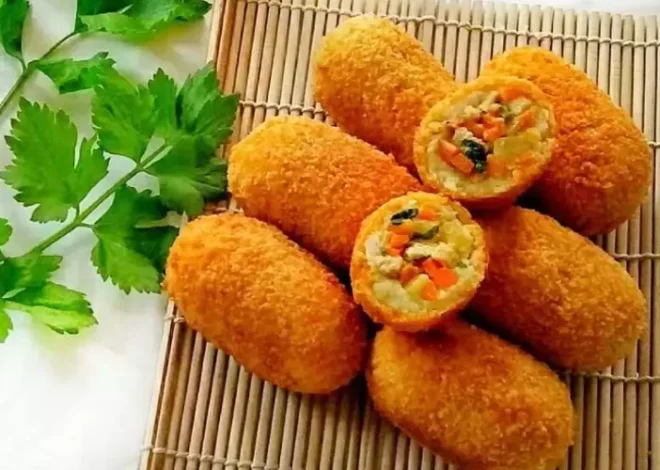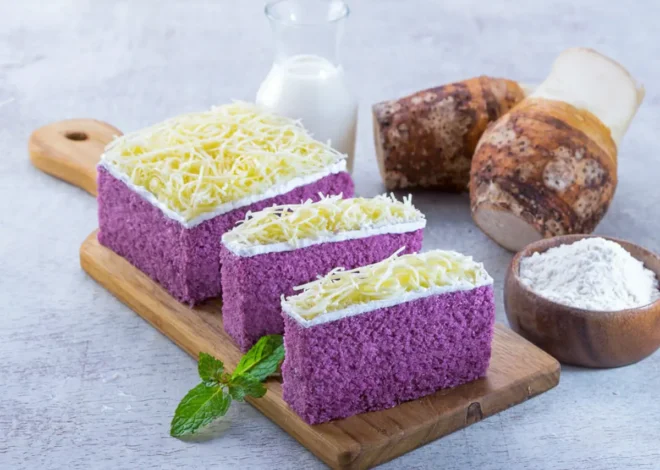
Sambosa Sensations: A Flavorful Dive into the World of Stuffed Pastries
Sambosa, or samosa as it is known in certain areas, is a flavorful pastry packed with pleasing ingredients that have conquered the palates of people everywhere. This favorite treat has its origins in the Indian subcontinent and has since spread across boundaries and into different cultures, changing flavor, and look but never its attraction. . This article will focus on the flavorful story of this delectable pastry, its kinds, and culinary importance.
A Bite of History Sambosa :

The history of sambosa goes back to the Middle Ages in the Indian subcontinent. Although in its early years, the food was originally called “samosa”, historians argue that Central Asian traders introduced a form of the snack to the region to share their foods with Indian locals, who in turn transformed the meal to fit their taste and culinary materials. Hence, this brief explanation is on the history of the sambosa.
The Art of Preparation:
Making the ideal sambosa is like performing a culinary dance. On the one hand, this activity requires a lot of caution and attention. The filling is prepared. The potatoes are seasoned with salt and spices, and peas and onions are added with minced meat or lentils . The stuffing is wrapped in dough made with flour, water, and oil, either in triangles or cones, which are then deep-fried. On the other side, when the sambosa is well-cooked, attempting it is a euphoric, practically ecstatic labor. the insides are cradled in a well-braised potato-meat mixture seasoning mix.
Global Variations:
While traveling across continents and food traditions, sambosa changed beyond recognition, and each region gave birth to its regional variations. In the Middle East, people prefer to fill sambosa with minced lamb or beef, spiced with the aroma of cinnamon, cumin, and coriander, to fry it or bake it in an oven until it is crispy. In turn, South Asians, where many people are vegetarians, use stuffings with spiced potato, lentils, and paneer. These three dishes show the most diverse fillings, flavors, and textures. All of them are unique and attractive to the snack’s culinary universality propensity.
A Symbol of Celebration:
For a number of cultures, sambosa represents more than just a food that one eats when they are hungry. It is a symbol of many things including; hospitality, giving and joy. During events such as weddings, festivals, and religious celebrations, sambosa is made in large quantities and shared among all those in attendance. The food is therefore more than just a snack, but a reminder of what wholesome means. Its place in social events is evident of a universally accepted comfort food that upon setting it on the table, people tend to forget their differences in language, culture, and religion.
A Street Food Staple:

Another trait of sambosa that has helped it remain a firm favorite of the masses is its accessibility: it is easy to find sambosas sold in the busiest markets, street-side corners, and stands by the road in nearly any part of the world. Therefore, this product can be eaten on the go or accommodated with a cup of tea. In other words, sambosa is an easy meal that is close to the heart of people, not straining a meal budget for a traveler, student or working person with a light wallet.
Modern Innovations:
Over the last few years, sambosa has received several inventive reinterpretations like chefs and food lovers. They have provided the dish a creative makeover while still respecting its street food origins. Chicken tikka and cheese sambosa have exploded in popularity, as have healthy alternatives like baked sambosa! In summary, modification flavors may change, but the food item’s recognition and iconic status will almost certainly guarantee its presence on the plate.
Culinary Significance:
Beyond its role as a beloved snack, sambosa holds significant cultural and culinary importance in the regions where it is celebrated. In countries like India, Pakistan, Bangladesh, and Afghanistan, sambosa is deeply ingrained in the culinary fabric, often served as an appetizer during festive gatherings, family meals, and religious ceremonies. Its presence on the dining table symbolizes abundance, hospitality, and tradition , forging connections and fostering a sense of community among diners.
Health Considerations:

While sambosa delights the taste buds with its crispy exterior and flavorful fillings, it is important to acknowledge its nutritional content and health implications. As a deep-fried pastry, sambosa can be high in calories, fat, and sodium, particularly if consumed in large quantities or with rich fillings. However, modern interpretations often offer healthier alternatives, such as baked versions, whole wheat dough, or lighter fillings, catering to health-conscious consumers seeking a guilt-free indulgence.
Cultural Influences:
The popularity of dish extends far beyond its countries of origin, thanks to globalization and cultural exchange. In countries with significant South Asian and Middle Eastern communities, such as the United Kingdom, United States, and Canada, The dish has found its way into mainstream culinary culture, often served in restaurants, cafes, and food trucks catering to diverse palates. Its integration into local cuisines reflects the growing influence of global food trends and the appreciation for multicultural flavors and traditions.
Social Implications:
Sambosa’s enduring popularity also carries social implications, particularly in regions where it serves as a symbol of cultural identity and heritage. In multicultural societies, the presence of sambosa on menus and at social gatherings not only reflects the diversity of the community but also fosters cross-cultural understanding and appreciation. By sharing in the enjoyment of sambosa, people from different backgrounds can forge bonds, celebrate diversity, and enrich their culinary experiences.
Sustainability and Ethical Considerations:
As global awareness of environmental and ethical issues continues to grow, there is increasing scrutiny on the sourcing and production of ingredients used in traditional dishes like sambosa. Ethical concerns may arise regarding the treatment of animals, the use of sustainable farming practices, and the impact of food production on the environment. By promoting transparency, accountability, and responsible sourcing, culinary establishments can ensure that sambosa remains a source of enjoyment without compromising on ethical principles.
Future Trends:
Looking ahead, the future of sambosa is ripe with possibilities as chefs, food entrepreneurs, and consumers continue to explore new flavors, ingredients, and culinary techniques. From gourmet interpretations in upscale restaurants to innovative street food offerings at food festivals, The food is poised to remain a beloved staple in the global culinary landscape. With a nod to tradition and a flair for innovation, The dish will continue to delight and inspire food lovers around the world for generations to come.








